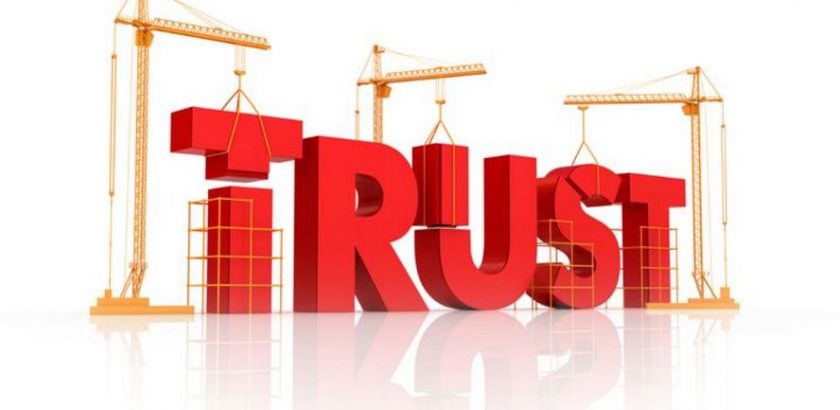These tools can shield inherited IRA assets from lawyers and creditors.
Provided by Marc Aarons @ Money Managers, Inc.
Inherited IRA assets are vulnerable in bankruptcy proceedings. Many older IRA owners and their beneficiaries do not realize this, but it is true.
In Clark, et ux v. Rameker (2014), the Supreme Court ruled 9-0 that inherited IRAs cannot be defined as “retirement funds” under federal bankruptcy law. They now lack the protection that retirement savings accounts commonly get in bankruptcy courts.
So today, a longstanding estate planning dictum is being reevaluated. If you have non-spousal heirs who seem at risk for bankruptcy, you might want to leave your IRA to a trust.
When IRA owners make this move, it is usually because they want a legal and financial firewall in place, i.e., the potential heir to the IRA is a minor or someone who is bad with money. Add protecting inherited IRA assets against creditors and lawyers to the list of objectives. Spouses can inherit IRA assets and receive creditor protection for those assets when they roll them into IRAs of their own, but federal tax law does not yet give other heirs that perk.
Two types of retirement plan trusts exist to help shield inherited IRA assets. The first is the conduit trust. True to its name, the trust is a means to an end. The conduit trust is designated as the IRA beneficiary, and an individual is named as the beneficiary of the trust.
When the original IRA owner passes away, the (inherited) IRA goes into the conduit trust, and a series of yearly Required Minimum Distributions (RMDs) to the trust beneficiary begin. The trustee calculates and authorizes these RMDs; like other RMDs, they are characterized as regular income. The IRA assets held within the trust are protected from creditors, as the trust legally owns them (the RMDs out of the trust, however, are not).
Do you want to stretch IRA assets out for future generations? Think about an accumulation trust. An accumulation trust requires no RMDs. It does require a separate trustee and beneficiary, just like a conduit trust does; the trustee can distribute the assets out of the trust as preferred. Those invested IRA assets can keep growing within the accumulation trust, but the trust will be taxed at the top marginal income tax rate if it earns more than $12,150 in a year.
If the person in line to inherit your IRA faces a high risk of litigation or has poor financial habits, an accumulation trust may be worth exploring. As with a conduit trust, assets held inside an accumulation trust are out of reach of creditors and attorneys – and the trustee can hold back the money from being distributed until the lawyers disappear or the beneficiary is ready to handle it responsibly.
IRA assets must be transferred into a retirement plan trust carefully. A trustee-to-trustee transfer (direct rollover) needs to be made, and the involved financial and legal professionals and IRA custodian all need to be on the same page.
You should not attempt to create a retirement plan trust without an attorney’s help. As an example of what can go wrong for do-it-yourselfers, the 60-day rule applying to indirect rollovers of qualified retirement plan assets does not apply for inherited IRAs. If you make an indirect rollover of such assets and take possession of them on the way to setting up the trust, you will be considered to have received taxable income, even if you complete the rollover process within the 60-day window. To do this knowledgeably, seek those with the right knowledge.
Rep’s Name : Marc Aarons, 714-887-8000 or marc@ocmoneymanagers.com
MMI Disclosures
Citations.
1 – wealthmanagement.com/estate-planning/retirement-plan-trusts-headline-ira-forecast [7/15/14]
2 – nerdwallet.com/blog/finance/how-to-protect-inherited-ira-assets-from-creditors/ [1/26/16]
3 – marketwatch.com/story/dont-make-this-mistake-with-an-inherited-ira-2017-09-29/ [9/29/17]
This material was prepared by MarketingPro, Inc., and does not necessarily represent the views of the presenting party, nor their affiliates. This information has been derived from sources believed to be accurate. Please note – investing involves risk, and past performance is no guarantee of future results. The publisher is not engaged in rendering legal, accounting or other professional services. If assistance is needed, the reader is advised to engage the services of a competent professional. This information should not be construed as investment, tax or legal advice and may not be relied on for the purpose of avoiding any Federal tax penalty. This is neither a solicitation nor recommendation to purchase or sell any investment or insurance product or service, and should not be relied upon as such. All indices are unmanaged and are not illustrative of any particular investment.

2 Responses
Its very informative blog. Thanks for sharing.
You are welcome! Thank you for your comment!